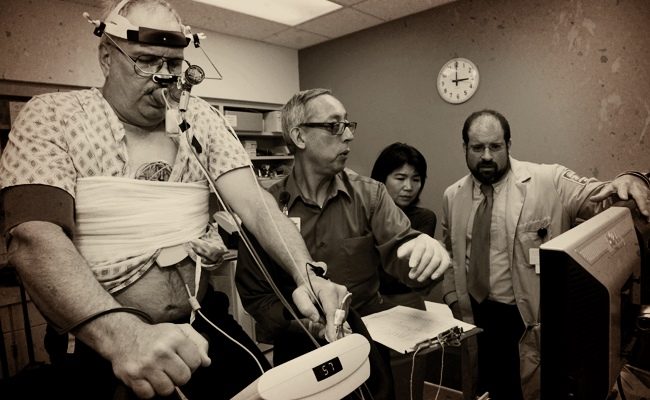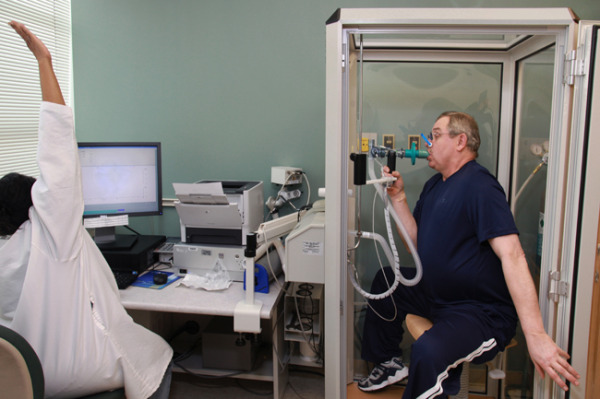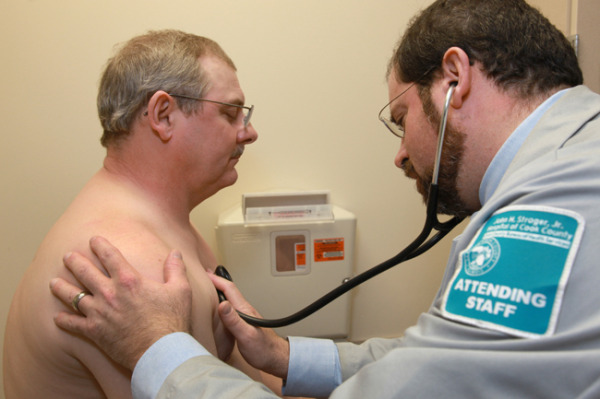Photography by Earl Dotter … www.earldotter.com
By Michael Toothman
Weelunk Contributor
Fresh out of college, I was doing paralegal work for a lawyer working on black lung disability cases under Social Security. As a kid from a steel mill town, I knew something about working hard. I did not know coal mining.
Coal mining is an industrial job, but most mines are in rural places. Instead of a concrete factory floor, miners jump on a man-trip that takes them deep underground. It is cool, year-round, often wet. Not like the mills I knew, but full of hazards—moving machines, electric cables, the weight of the earth above them, the possibility of bad air, explosions and dust
What I learned the most about was black lung—these miners were sick. Once healthy and athletic, the dust in their lungs made getting up and walking across a room an effort. Sleep came sitting up in a chair, lying down meant no breath at all.
These miners were seeking Social Security black lung benefits. Many had a problem. They retired after the time limit for being covered under the Social Security black lung program, sometimes by just days. Jurisdiction for disability benefits for coal workers pneumoconiosis (CWP is the medical term) had passed to the US Department of Labor—a more adversarial system than Social Security, since mining companies paid the Department of Labor benefits.
The lawyer with whom I was working (along with other lawyers and lay advocates) was using a theory that the retirement date was less important than how the miner was doing before he left the mines. The argument was that they were disabled when they were working. My job was to talk to their co-workers and get their affidavits about this.
The stories varied, but once the section gang was in the mine, their sick gang member would stay in the dinner hole, away from the working face of the mine with its continuous mining machine. The section worked one man short, joining him at dinner time, and collecting him for the return trip to the surface. Sometimes the miner went to the working face, but away from the cutting and loading of the coal.
No miner who gave me an affidavit felt bad about this. It was understood that they were all in this together, that their sick fellow worker needed to make a living and live long enough to get his union pension and Social Security retirement. Many were thinking about their own health and retirement. In the end, we did not win against the bureaucratic deadline; their cases went to the Department of Labor or through workers comp. Many did not live to receive any benefits.
Black lung left its lasting impression on me. I recall seeing miners who I mistook for being healthy because of their ruddy cheeks. On close inspection, this redness was broken blood vessels, capillaries, I guess, that extended from their nose to their cheeks. I took this to be from the effort they made to keep breathing. I grieve for miners who are hurt or killed at work, but I cannot shake my memories of these miners and their struggle for their next breath.
I saw a recent blog post on Yale’s e360—A Scourge for Miners Stages A Brutal Comeback (http://e360.yale.edu/feature/a_scourge_for_coal_miners_stages_a_brutal_comeback/2824/ ) Reforms starting in 1968 after the Farmington West Virginia #9 Coal Mine disaster were meant to address this disease. Mining machines and miners carried collection devices to monitor coal dust. At certain dust levels, machinery would not start or would shut down—not just because of the danger of breathing the dust, explosions are likely with dust suspended in the air. Now another generation of miners is facing the smothering grip of coal workers’ pneumoconiosis.
Long wall mining has replaced continuous miners, just as those mining machines ended pick and shovel mining. Each technological change has reduced coal mine employment. Coal dust is still produced by mining. and it seems that methods of controlling that dust and the disease it causes are falling short. What does this mean for individual miners, for the United Mine Workers and for us? Who is speaking for these miners and their health?
What can we do to take care of them? I know from my experience that they will take care of each other. The coal miners’ fight for safety and, in the long run, for breath itself seems far from daily news about the industry.
(Photography by Earl Dotter … www.earldotter.com)




